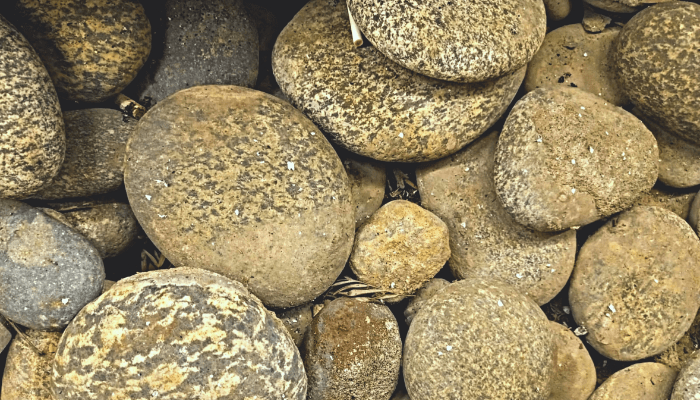Sub-base material doesn’t sound exciting until you realise your whole driveway depends on it.
Scalpings are one of the most underrated materials in landscaping and construction. They’re cheap, tough, easy to compact, and work just about anywhere you need a solid foundation. Driveways? Check. Pathways? Sure. Car parks? Absolutely.
In fact, many pros prefer scalpings over pricier alternatives for light-use areas because they get the job done without the drama. No certification. No frills. Just crushed stone ready to lock in place and carry weight.
And they’re often made from the same material as MOT Type 1, just without the highway-grade spec and price tag.
But not all scalpings are created equal. Size matters. So does material. Recycled? Limestone? Granite? The wrong choice can mean drainage issues, sinking surfaces, or wasted effort.
In this post, we’ll break down exactly what scalpings are, when to use them, and how to choose the right type for your project without guessing or overspending.
Let’s strip this down to the essentials, one compacted layer at a time.
Key Takeaways
- Scalpings are crushed stone or recycled materials used as a sub-base
- Commonly used for driveways, paths, patios, car parks and shed bases
- Most range from 40mm down to dust and compact well
- They are cheaper than MOT Type 1 but not always suitable for heavy loads
- Types include limestone, granite, and recycled road planings
- Proper compaction is essential to avoid shifting or sinking
- They are widely available from aggregate suppliers in bulk or bags
- Scalpings are cost-effective but should be matched to the right project
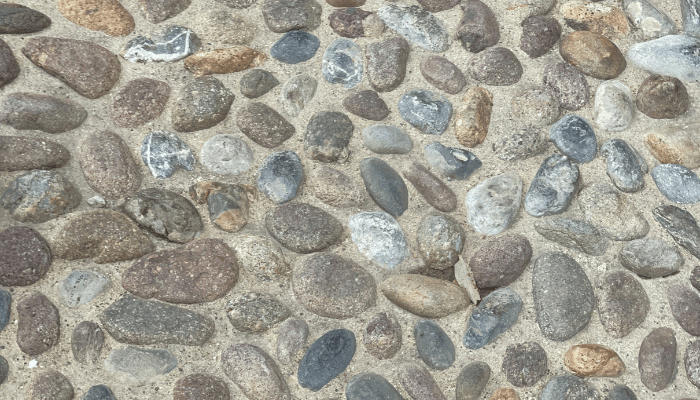
What Are Scalpings?
Scalpings are a kind of crushed aggregate, often the leftover rock and stone screened out during quarrying. They are sometimes called quarry waste but don’t let that name fool you. They’re effective, cheap, and perfect for foundational layers.
Another type comes from roads: when a tarmac surface is milled off, what’s taken off is often reused as scalpings or road planings. Mainland Aggregates describes how road scalpings or planings are produced when the road surface is removed by machinery.
Typically, scalpings include a mix of sizes, from small fines (dust) to small chunks, which helps them lock together when compacted. Unlike clean stone aggregates, they also tend to have more fines (tiny particles).
In many builds, they serve as sub‑base layers (under paths, driveways, patios) where strength and compaction are needed more than visual appeal.
Common Uses for Scalpings
Scalpings are rarely used as the visible surface. Their strengths shine in the layers beneath. Use cases include:
- Sub‑base for driveways, walkways, patios, and car parks
- Foundations for sheds or garden buildings
- Filling and levelling uneven ground before top surfacing
- Temporary access roads or haul routes in construction zones
- Under paving slabs or blockwork as a stabilizing base
Mainland Aggregates lists uses such as hard standings, paths, sub‑bases, farm tracks, and haul roads among scalpings’ applications.
One caution: because scalpings often contain fines, they may not be well suited when drainage is critical. They tend not to be permeable once compacted.
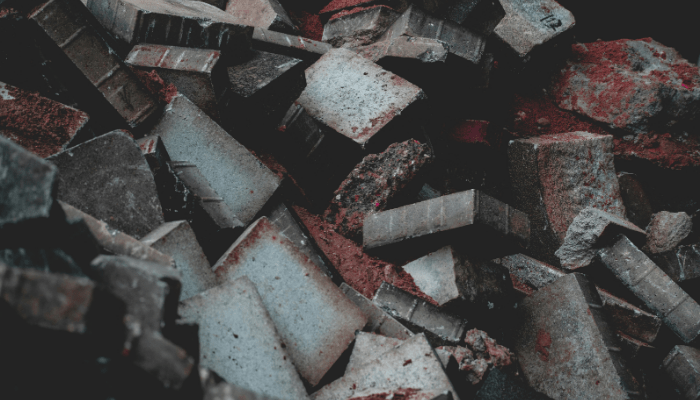
Types of Scalpings
Not all scalpings are created equal. Here are common categories:
- Quarried stone scalpings: leftover fragments from stone processing; often limestone or granite.
- Road scalpings / planings: recycled tarmac material from road surfaces, containing bitumen and aggregate. (Mainland Aggregates discusses this)
- Grades by size: common sizes include 40 mm (popular), 75 mm, and mixtures down to dust. MB Wilkes notes 40 mm is a widely used size.
Each type has trade-offs. Road scalpings may include asphalt pieces, so binding behavior may differ. Quarried scalpings might be more uniform in stone type.
Scalpings vs Other Sub‑Base Materials
It’s tempting to use the cheapest material you find, but understanding trade-offs matters.
- MOT Type 1 is more regulated, with better specs, and better for heavier loads.
- Scalpings offer lower cost but higher fines, meaning lower load capacity and less predictability. Mainland Aggregates states that scalpings differ from MOT Type 1 in fines content, which affects bearing capacity.
- Road planings / recycled asphalt are close to scalpings in many ways, but may behave differently in compaction and durability.
- Clean aggregates (e.g. crushed stone with minimal fines) give better drainage and stability, but cost more.
If your project is light to moderate duty like garden paths, patios, or a small driveway, scalpings can be perfectly suitable. For heavier use or where standards matter, you might need Type 1 or better.
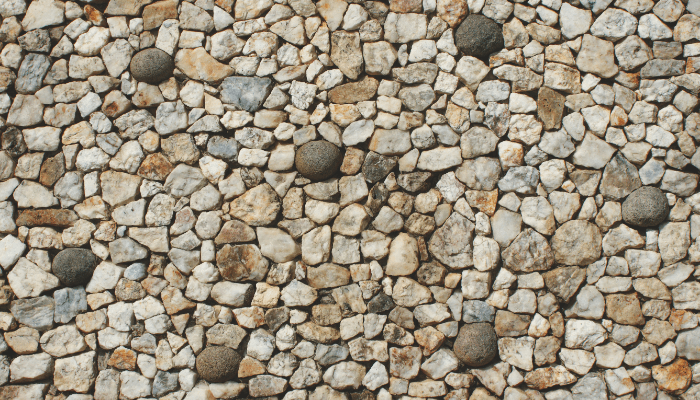
Benefits of Using Scalpings
Scalpings bring some solid advantages:
- Cost-efficiency: They often come cheaper because they are byproducts or recycled materials.
- Good compaction: With proper layering and vibratory compaction, they lock together well.
- Availability: Since they come from quarries or road works, many suppliers carry them.
- Versatility: Works in many sub-base contexts like driveways, patios, paths.
- Recycling and sustainability: Using road scalpings or reclaimed aggregate reduces waste.
But benefits assume correct use, compaction, and planning.
Where to Buy Scalpings & What to Expect
When sourcing scalpings, here are tips:
- Quantity units: Most sellers quote in tonnes or per bulk bag.
- Check type & grade: Ask whether what you get is road planings or quarried scalpings, and what size mix.
- Delivery logistics: Make sure your site access can handle the load, tipping, and offloading.
- Cleanliness: Request minimal contamination (large debris, wood, etc.).
- Typical suppliers:
- GravelBase lists scalpings as a sub-base option.
- Mainland Aggregates offers scalpings and explains their uses.
Before ordering, sketch your project area, decide desired depth, and calculate volume (area × depth). Order a little extra to cover compaction and waste.
How to Use Scalpings Effectively
Getting good results with scalpings means correct technique:
- Excavate & prep the soil base. Make sure you remove soft spots, roots, debris.
- Lay in thin layers and don’t dump 150 mm at once. Work in 50 to 75 mm lifts.
- Moisten lightly (if too dry) which helps compaction, but avoid soaking.
- Compact thoroughly with a plate compactor or roller. Multiple passes over each layer.
- Check level & grade before moving on.
- If adding top layers (pavers, slabs), ensure the surface is stable and flat.
Skip proper compaction, and your scalpings may shift, settle, or fail under load.
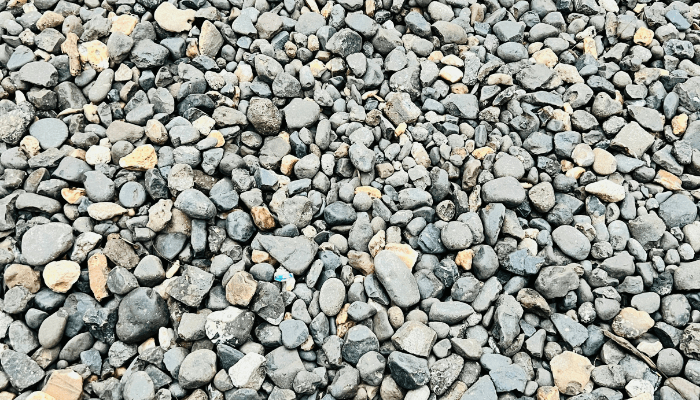
Pros and Cons of Scalpings
Knowing the trade-offs helps you decide confidently:
Pros:
- Low cost
- Good for many sub-base applications
- Recycled options available
- Decent compaction behavior
Cons:
- Lower load capacity than certified materials
- Might get dusty or messy
- Not ideal where drainage is critical
- Performance heavily dependent on compaction and layering
Future Trends and Innovations
A few interesting shifts to watch in the scalpings / sub-base world:
- Use of recycled asphalt / planings more broadly
- Better screening & quality control to reduce negative fines
- Blended sub-base materials mixing scalpings with clean aggregate
- Smarter delivery and material tracking to reduce waste
As sustainability demands grow, efficient use of scalpings and recycled aggregate becomes more compelling.
Conclusion
Scalpings might not sound glamorous, and no, they won’t impress your neighbors like a glossy resin driveway. But they’re the real workhorses under everything that lasts.
You’ve now seen what they are, how they’re used, and why they make sense for so many sub-base jobs. Whether you’re laying a garden path, stabilising a parking area, or prepping for patio slabs, scalpings offer solid ground.
So what’s next?
Check your site. Measure your area. Order the right size and quantity. And don’t forget the compactor, even the best scalpings won’t perform if they’re just tossed down and walked away from.
Start with the base. Do it right, and you won’t be back out there fixing ruts six months from now.
Cheap doesn’t have to mean flimsy, not when you’re working with the right stuff.
FAQ
What is the difference between Type 1 and scalpings?
Type 1 is a certified sub-base material made from crushed rock, concrete, or limestone, graded to 0 to 40mm. It meets strict standards for load-bearing use. Scalpings are similar but ungraded, recycled stone from quarry waste, typically 0 to 75mm. Type 1 is preferred for structural work; scalpings are more budget-friendly.
What is another name for scalpings?
Scalpings are also known as quarry waste, stone fines, or crushed sub-base. They are the byproduct of quarrying and are often used for driveways, paths, and temporary surfaces. While not always certified like Type 1, they’re cost-effective and widely used in landscaping and groundwork projects.
What is another word for scalpings?
Another common term for scalpings is quarry scalpings or simply sub-base material. In some regions, they’re called hardcore fines. These terms refer to the loose, crushed rock used beneath driveways, patios, and paths to provide drainage and stability.
What size are scalpings?
Scalpings are typically graded between 0 to 75mm, meaning they include fine dust and larger stones up to 75mm. This mix compacts well, making it ideal for sub-bases in landscaping. For lighter-use areas, smaller sizes like 0 to 40mm scalpings may also be used.

